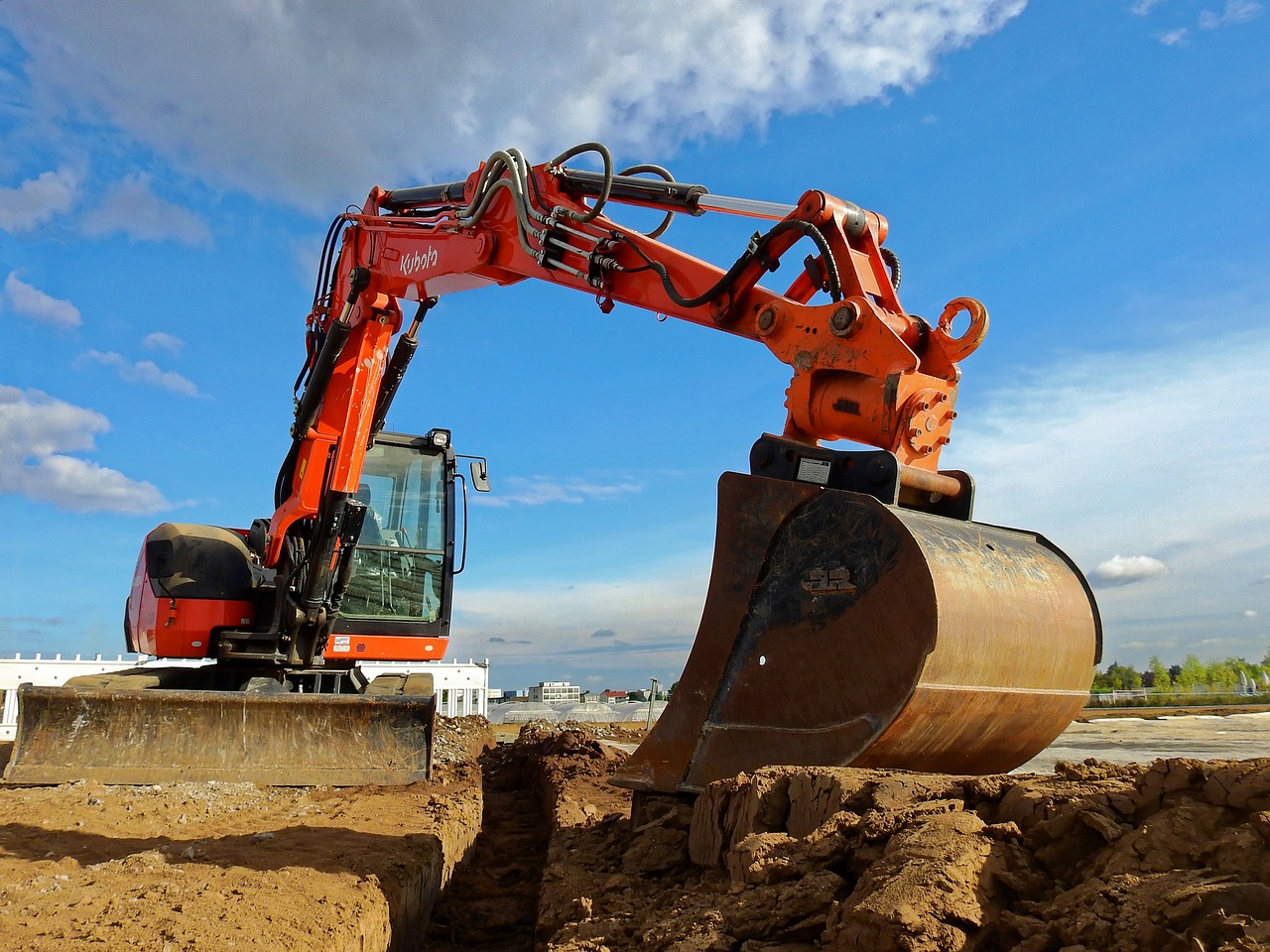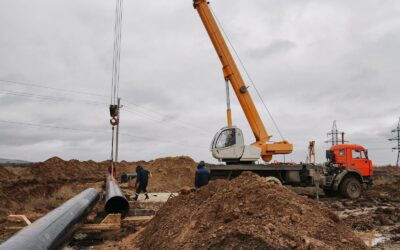Executive Summary
Properly planning and monitoring the work can result in a safer and more profitable activity. Here’s one way to do it in utility installation.
Dig Baby Dig!
In underground utility excavation, the critical driver of both productivity and the overall cost is how fast the crew can excavate new trench. Once a trench is excavated to the proper depth, the bedding, pipelaying, and backfill are routine and unchanging. However, excavating to proper depth may not be routine and predictable based on the following factors outside the control of the Contractor:
- Geological conditions – hard or soft soil
- Geological conditions – trench wall stability
- Groundwater conditions
- Depth of trench and necessity of shoring
- Unforeseen utilities, buried structures/debris, and hard rock
These factors can be controlled to a certain degree with the proper consideration and/or action as it relates to the following:
- Existing utilities and crossings
- Reduce double-handling of material
- Efficient shoring installation
- Dewatering methods
- Equipment access
- Material organization
Set some goals.

A good underground utility contractor will set daily goals, knowing where exactly to be throughout the day. If the goal is to excavate/lay/backfill 100 LF of pipe each day, it may mean that the trench is fully excavated by 10:00am, pipe is laid by lunch break, and then after lunch is backfill and trench patching. If the crew gets to 10:00am and the entire trench is not excavated, it may mean that they will not meet their daily goal.
Knowing this information early helps the Foreman reassess the daily goal before the end of the day and improve productivity before the shift is over.
The activity analysis.
To assess operational efficiency, a supervisor may find it helpful to perform an in-depth activity analysis. To do this, a supervisor should observe the work and document key milestones throughout the day, recording things like:
- Machine downtime
- Any time the crew is “waiting around.”
- Number of trips to grab material
- No “double duty” spotters
- Appropriate crew sizing
Observing the work early on during the operation will allow an excellent supervisor to document inefficiencies and discuss methods to mitigate them with the crew.
My Story
I was a field engineer on a large harbor facility development in Hawaii. This project involved the construction of miles of new gravity sewer below the water table in dredged fill. A week before the deep sewer operation started, our project manager organized a crew work planning meeting to discuss and document the individual steps for the operation. This was also to get the crew’s feedback on the shoring/dewatering plan. In this meeting, the project manager made a point to get into all of the details from how the shoring would be installed to how the equipment would be staged up at ground surface adjacent to the excavation. Even though the project was a closed site where there were no issues with working area or traffic, the project manager knew that the efficiency of the operation depended on good housekeeping and organization around the trench excavation.
During the meeting, the team set a daily goal based on past productivity, the project budget, and realistic expectations. Having the project manager present for this meant that the crew could be held accountable to their goal. There was a clear understanding that the Foreman and crew was responsible for daily productivity, the superintendent for weekly and monthly productivity, and the project manager for the overall project productivity. This structure ensures accountability and prevents there from being “too many cooks in the kitchen”. That’s another article.
Work Safe!






0 Comments